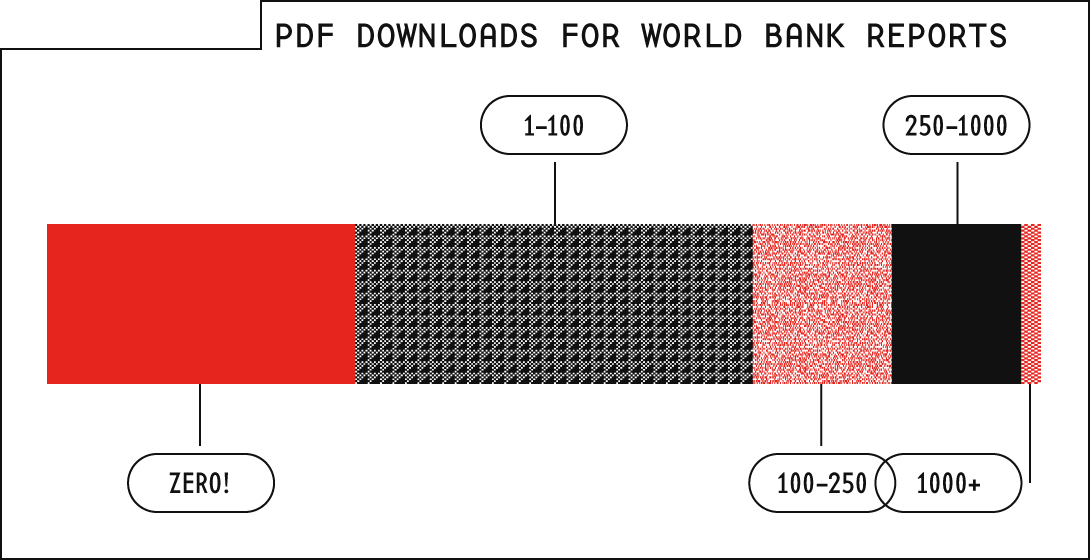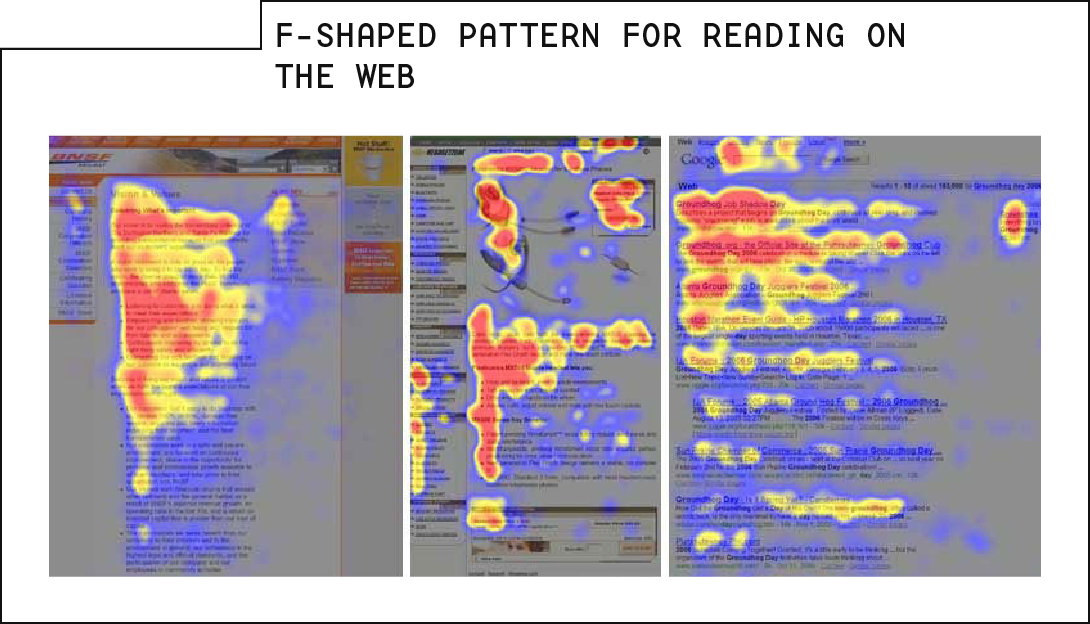Screens, Research and Hypertext
Powered by 🌱Roam GardenNo One Reads PDFs
This has been true since at least 2014. Seriously.
If your content is inside a PDF, it's probably not going to get read.
In 2014, the World Bank conducted a study of its website traffic to determine how people were using its reports. What they found is that 1/3 of its reports had never been downloaded. Indeed, only 13% of all World Bank reports were downloaded more than 250 times.

These numbers are pretty typical
Of course we shouldn’t expect a World Bank report to have millions of downloads. They’re niche products, so maybe 250 downloads is pretty good.
Except it really isn’t.
According to the Bureau of Labor Statistics, there are around 19,000 economists working in the United States. So 250 downloads represents just over 1% of the World Bank’s core American audience. That’s a pretty low bar.
Part of the reason PDFs are unloved—they don't really accommodate the way most people read on screens. Or, more to the point, a PDF is hard to scan.
Internet users love to scan text.
That’s been true pretty much since the web really took off. In 2006, web usability pioneer Jacob Nielsen measured the eye movements of 232 users as they looked at thousands of web pages, a process known appropriately enough as “eye tracking.” Nielsen discovered that users read text in patterns that roughly resemble the letter F.

Since then, study after study has confirmed that users scan text online. Another Nielsen study, for example, found that users read only about 20% of the text content on a given page. Usability expert Gerry McGovern discovered that only 1 in 15 users could locate an item they were specifically looking for when it was placed in the middle of a page. And Chartbeat—a web analytics company that is widely used by media companies—says that most users will scroll through only about 50% of an article before leaving.
For more context
Think tanks are built for producing the wrong sorts of things.
What to read next
PDFs just don't work with the way people find content.
Other items of interest
It's not just ordinary readers who have difficulty with reading things online.
What even is a standard think tank output?
What might a format optimized for research outputs look like?
Referenced in
Back to WonkComms and Superheroes
The drawbacks to this kind of approach are pretty well-known already.
Reporting Progress
The Internet has broken traditional publishing models. The gatekeepers are gone. Your report now competes with a billion publishers creating content across a million channels. And it must find its way to an audience that has adopted entirely new ways of finding and reading content online.